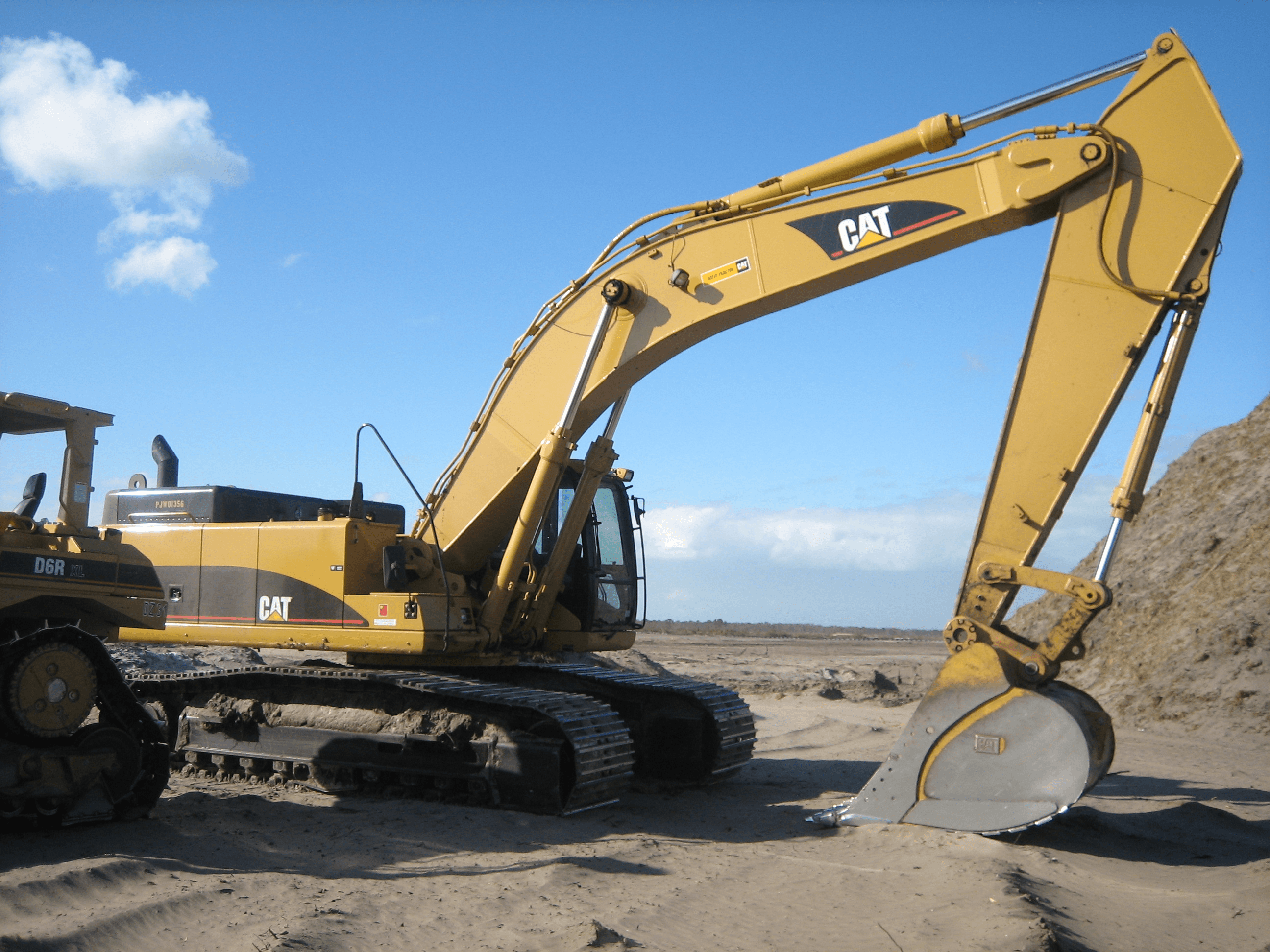Comprehensive Excavation Methods: Grasping the Fundamentals for Success
The careful preparation, accurate execution, and thorough focus to detail required in excavation projects demand an extensive technique that encompasses different essential facets. The real proficiency exists not simply in understanding these principles but in perfectly integrating them to browse the intricacies of excavation projects with skill.
Recognizing Excavation Job Preparation

Effective excavation tasks are built on the foundation of meticulous and complete planning. The first stage of any type of excavation job is the preparation phase, where crucial choices are made that can considerably affect the end result of the task. Throughout this phase, it is vital to gather all appropriate details concerning the website, including topographical studies, dirt composition, and any type of prospective hazards that might exist. Comprehending the job range, budget, and timeline restraints is vital for creating an extensive excavation plan that ensures the job's success.
One secret aspect of excavation job preparation is the growth of a detailed timeline that outlines the sequence of tasks, landmarks, and target dates. This timeline works as a roadmap for the task group, enabling them to track progression and make needed modifications to ensure the project stays on timetable. In addition, a well-defined spending plan that represents all expenditures, including equipment leasing, labor prices, and products, is vital for staying clear of expense overruns and hold-ups. By very carefully considering all these factors throughout the drawing board, excavation jobs can be carried out successfully and efficiently, causing successful outcomes.
Dirt Evaluation and Website Assessment
Performing comprehensive dirt evaluation and site evaluation is an essential action in the preparation phase of any kind of excavation project. Soil evaluation involves establishing the composition, structure, and properties of the dirt at the excavation website. This info is crucial for understanding the dirt's bearing ability, moisture content, and potential for disintegration, which are crucial consider identifying the excavation methods and equipment required for the job.
Site analysis goes beyond soil analysis and encompasses a more comprehensive analysis of the total website problems. This analysis includes identifying any kind of prospective risks, such as underground utilities, ecological concerns, or unsteady terrain, that can influence the excavation process. By extensively reviewing the website, job managers can establish efficient excavation strategies that focus on security, efficiency, and environmental management.
Utilizing sophisticated technologies like ground-penetrating radar, soil tasting, and drone surveys can boost the accuracy and efficiency of dirt analysis and website assessment. Spending time and sources in these initial actions can inevitably conserve time and protect against costly hold-ups or problems during the excavation process.
Equipment Choice and Application
Efficient excavation jobs rely heavily on tactical equipment choice and utilization to make sure optimum performance and efficiency. Picking the best devices for the work is essential in optimizing effectiveness and lessening downtime. Variables such as the type of soil, depth of excavation, and task extent play a considerable duty in establishing one of i was reading this the most ideal tools for the job handy.

Along with choosing the suitable equipment, correct application is crucial to job success. Operators has to be educated to manage the devices safely and view website effectively - septic ohio. Routine maintenance checks and timely repair work help stop malfunctions and make certain consistent performance throughout the job
Safety Steps and Laws Compliance
In the realm of excavation projects, prioritizing safety and security actions and compliance with policies is critical to making sure a secure and lawfully sound operational environment. Security steps encompass an array of techniques, consisting of conducting detailed site analyses, applying proper signs and obstacles, and offering appropriate security training for all employees associated with the excavation procedure. Adherence to regulations, such as OSHA demands in the United States, makes certain that the excavation project meets the essential standards to shield workers, onlookers, and the surrounding setting.

Tracking Progression and Adjusting Approaches
Exactly how can project supervisors successfully track the innovation of excavation tasks and adapt their approaches appropriately to optimize end results? Surveillance development is vital for making certain that excavation jobs stay on track and fulfill deadlines.

Conclusion
Finally, mastering the principles of detailed excavation strategies is essential for the success of any type of go project. By recognizing task preparation, assessing dirt and site conditions, choosing suitable tools, following safety and security regulations, and keeping track of progress, project supervisors can make certain a smooth and efficient excavation process. Applying these strategies will certainly lead to successful results and reduce potential risks or setbacks during the excavation project.
The initial phase of any kind of excavation task is the preparation phase, where important decisions are made that can considerably impact the result of the job. Comprehending the project timeline, budget, and range restraints is vital for developing a thorough excavation strategy that makes certain the task's success.
Just how can forecast supervisors effectively track the innovation of excavation jobs and adjust their approaches appropriately to maximize results? By carefully checking progression and being ready to adapt techniques, project managers can enhance the general success of excavation tasks.
By understanding project preparation, analyzing dirt and website problems, picking appropriate devices, conforming with safety and security regulations, and keeping an eye on progress, project managers can guarantee a effective and smooth excavation procedure.